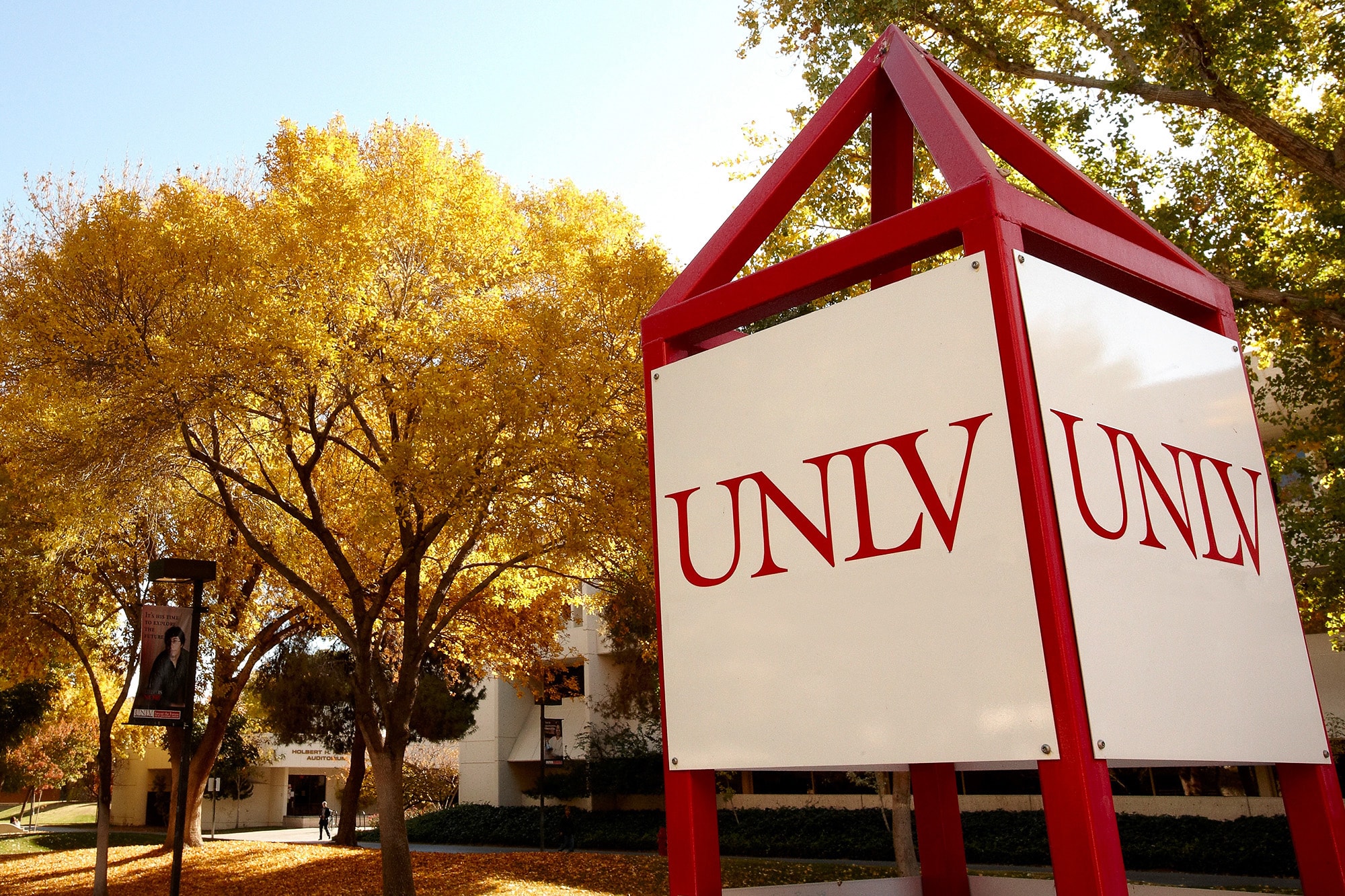Barry M. Goldwater, for decades one of the best-known conservative Republicans in America, will address a Las Vegas audience Dec. 15 as part of UNLV's Barrick Lecture Series. His talk is set for 7:30 p.m. in Artemus W. Ham Concert Hall on the university campus.
The event is free, but tickets are required. Tickets will be available beginning Dec. 10 at the Performing Arts Center box office at UNLV. Call 895-3801 for more information.
Goldwater's first public office was as a Phoenix city councilman from 1949 until 1952.
In 1952, he was elected to the U.S. Senate from Arizona. He served in the Senate until 1964, when, because he had been nominated by the Republican Party as its candidate for president, he chose not to run a concurrent campaign for his Senate seat. Defeated in that presidential election, he again was elected to the Senate in 1968, 1974, and 1980. He retired from the U.S. Senate on Jan. 2, 1987.
Goldwater served on the following Senate committees:
Armed Services (Chairman 1982-1986); Aeronautical and Space Sciences; Select Committee on Intelligence (Chairman 1982-1986); Commerce; Science and Transportation (Chairman of Communications Subcommittee), Aviation Subcommittee, Subcommittee on Science Technology and Space; Small Business; Select Committee on Indian Affairs.
Goldwater was born in Phoenix on Jan. 1, 1909. He attended grade school there and then entered Staunton Military Academy in Staunton, Va. He wished to enter West Point, but his father's illness necessitated his return to Arizona to enter the family's business, Goldwater's Inc.
Starting as a junior clerk, he earned his promotion to the firm's presidency in 1937, a position he held until 1953, when he was named chairman of the board.
In 1930, Goldwater was commissioned a second lieutenant in the infantry reserve. For the next decade, he served with U.S. Army Reserve units. In 1940, several months before the Japanese attack on Pearl Harbor, Goldwater, a licensed pilot, volunteered for active duty with the Army Air Corps. Initially, because of his age, astigmatism, and basketball injuries to both knees, he was rejected. He refused to give up, however, and eventually was assigned to ground duties developing gunnery techniques for the Air Training Command. Not content with that, and refusing to accept physical disabilities which precluded combat duty, he won both service and command pilot's wings.
In 1943, he participated in the first flight of P-47 fighter planes across the North Atlantic. As chief pilot of the Air Transport Command, he flew with transport operations covering the North and South Atlantic, Africa, India, and China. At war's end, he left active duty, taking a rank reduction from lieutenant colonel to captain to organize the Arizona Air National Guard and served as its chief of staff until 1952.
He continued his service with the Air Force Reserve, retiring in 1967 after 37 years of service, as a major general, USAFR.



